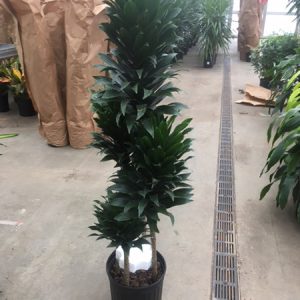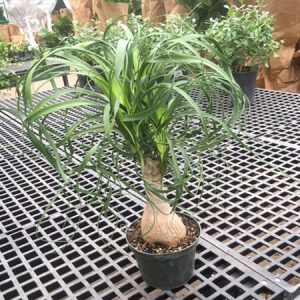Description
Lewisia – Bitter Root –
There are about 20 species of deciduous or evergreen tap rooted perennials in this genus. They occur in the Rocky Mountains in Western USA. They produce rosettes or tufts of fleshy, leathery leaves that vary greatly in shape. The deciduous species occur in open, stony meadows or grassland, and die down after flowering, evergreens are commonly found in partial shade among rocks or in crevices. The starry flowers, each with 5-9, sometimes up to 10 petals, are produces in shades of pink, magenta, purple, orange, yellow, or white. They are usually held in cymes or panicles, occasionally singly or in racemes or corymbs, in spring and summer, often over long periods. Grow in an alpine house or rock garden, or in the crevices of a retaining wall.
Grow in moderately fertile, humus rich, sharply drained, neutral to acidic soil: deciduous species and hybrids in full sun, evergreen in light shade. Protect all from winter moisture, protect deciduous Lewisias from rain in summer, when dormant.
Prone to rust, stem rot, snails, slugs, aphids, and mealybugs.
L. longipetala – L. pygmaea subsp. longipetala – This deciduous perennial from California grows 4″ tall and wide. It produces basal tufts of narrowly linear or linear-inversely lance shaped, dark green leaves, 3/4-2″ long. In late spring or early summer it bears several stems, 1 1/4-2 ½” long, carrying cymes of 1-3 open funnel shaped, star like, pure white or pink flushed white flowers, 1-1 ½” across with red-tinted sepals.
Zones 4-7





